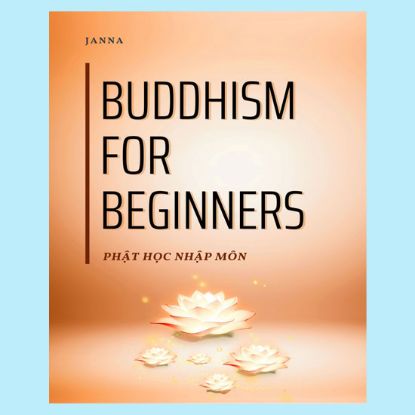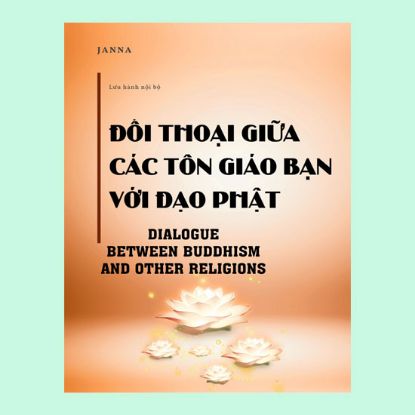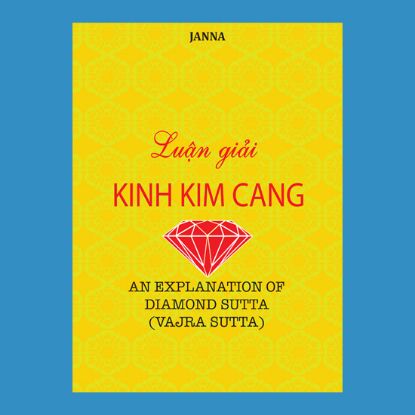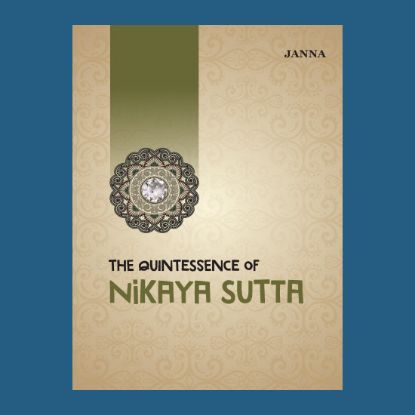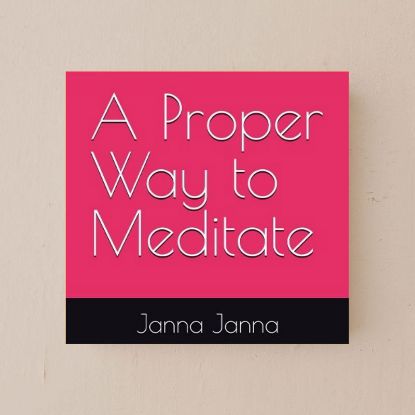You have no items in your shopping cart.
Filter by price
Products tagged with 'book'
BUDDHISM FOR BEGINNERS
The book "BUDDHISM FOR BEGINNERS" by Janna serves as an invaluable guide for anyone interested in exploring and understanding the fundamentals of Buddhism. Through a question-and-answer format, the book clearly and concisely explains the basic concepts, philosophies, and principles of Buddhism. Author Janna skillfully incorporates short stories, practical examples, and answers to common queries, providing readers with a comprehensive and accessible approach to Buddhist teachings. This book is a valuable resource for both beginners and those looking to deepen their knowledge of this ancient religion.
$0.00
SACRED CHANTS
CHANT OF COMPASSION AND REPENTANCE Everyone has faults, more or less, The difference lies in remorse or blindness. Life is a vast sea of distress, Rely on the Dharma to break samsara’s bind. Namo Buddha accept my repentance
$0.00
DIALOGUE BETWEEN BUDDHISM AND OTHER RELIGIONS
People cherish peace and unity as the world becomes increasingly civilized and advanced. One significant challenge in achieving world peace is to minimize the differences between religions and foster understanding and acceptance among them. In the past, concepts such as "religious outsiders," "other religions," or "heresy" were often viewed with aversion as something to shun or discard. However, today, we should adopt a different perspective – differences between religions can complement each other rather than negate each other.
$0.00
AN EXPLANATION OF DIAMOND SUTTA (VAJRA SUTTA)
Diamond Sutta belonged to the Mahayana doctrine system. Another sutta named by the Buddha in Sanskrit was the Vajra-Prajna-Paramita Sutta. The Mahayana doctrine system emerged two hundred to six hundred years after the Buddha entered Nirvana. Many doctrines reached their climax in Mahayana, such as Lotus Sutta and Nirvana Sutta (Mahaparinirvana Sutta), which appeared six hundred years after the Buddha entered Nirvana. Other Pure Land School and Tantric School doctrines emerged one thousand years after the Buddha entered Nirvana. Thus, the Diamond Sutta predated any of them. Although the Diamond Sutta belonged to the Mahayana system, this Sutta was closely aligned with the Hinayana thought. Therefore, the scenes in this Sutta were described as simply as those in the Hinayana doctrines...
$0.00
The Quintessence of Nikaya Sutta
Nikaya Sutta was orally handed down in the first period of hundreds of years. After the Buddha passed away, the First Collection of Suttas was held in the cave Sattapanna, Vebhara Mountain, Rajagaha City, Magadha country1. About one hundred years later, the Elder Yasa2 Assembled the Suttas for the second time. One hundred years after the Second Collection, King Ashoka held a meeting of the Collection of Suttas for the third time. Until the time of King Ashoka, the Suttas were written in Pali. The long-term transmission by word of mouth must have missed something. It was natural. However, the errors in the Suttas were insignificant. A sociologist once proved some missed transmission by his experiment. He told a short story in the first person. Then, he observed that his story was told repeatedly to many people. When it came to the fiftieth, it was completely different from his first telling...
$0.00
A PROPER WAY TO MEDITATE
The supreme goal of meditation in Buddhism is to reach the state of non-ego–non-self, liberation, and enter Nirvana. Through meditation, the Buddha became a Perfectly Enlightened One. Meditation concentrates our minds, making them calm, mindful, and free of delusions. It especially helps destroy our egos and ignorance to attain liberation and enlightenment. ...
$0.00
- 1
- 2



